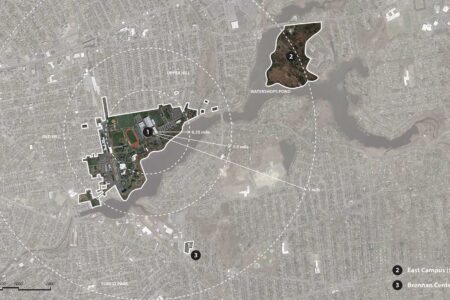Not Your Ordinary Spring Break
Scores of Springfield College students, accompanied by members of the faculty and staff, used spring break in March to volunteer with community outreach programs and to learn more about the world in which they live. More than 40 students participated in the annual Springfield College Student Volunteers Alternative Spring Break Program, giving back in the Humanics in Action tradition throughout our city and throughout the world. Other students broadened their perspectives on trips to London, England, and Washington, D.C. Professor and writer Marty Dobrow brings us along on two such trips.
Students, President Bring Humanics to Haitian Mission
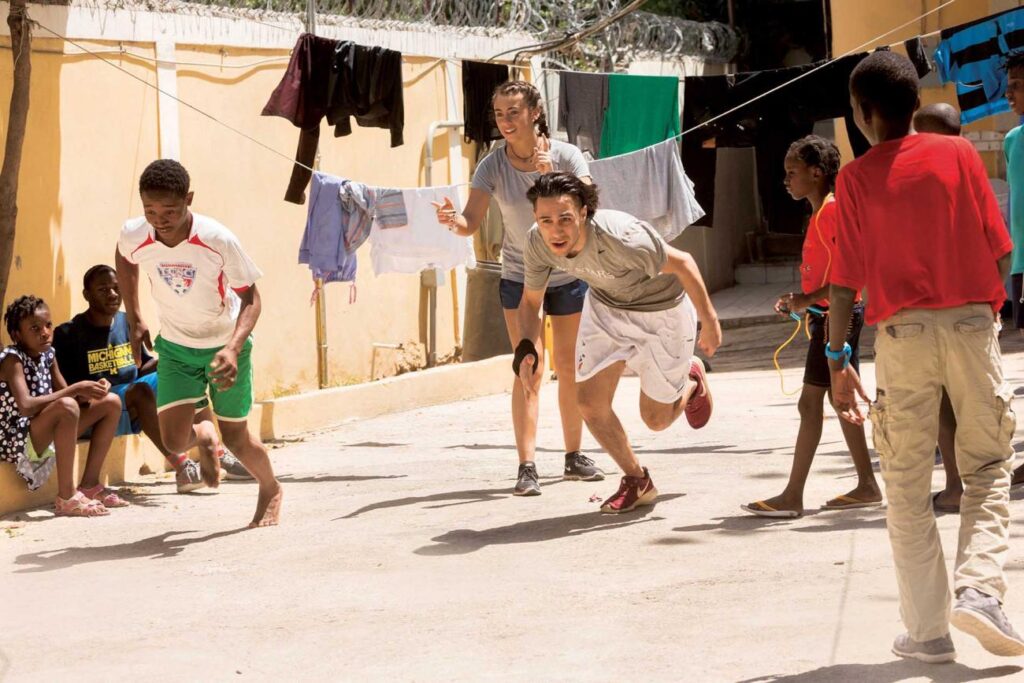
By March of her senior year, Jezavya Rivera was no stranger to the Springfield College triangle. As a New Student Orientation leader and as a resident assistant, she was not exactly ho-hum about Humanics.
But after one week in Haiti on alternative spring break, the sports biology major had become the school’s mission statement incarnate.
“This trip is the most meaningful activity I have ever been a part of,” she said emphatically. “My hopes are to enter the medical field and upon completion do exactly what I did for that one week but, instead for the rest of my life.”
The Haiti venture was part of a battery of service trips that have become a rite of spring break at Springfield College. (See page 29.) This one flowed from the College’s connection with best-selling author Mitch Albom, who came to campus in the fall to talk about his work in Haiti since the devastating 2010 earthquake. Albom, who still visits that country every month, helped set up the “Have Faith Haiti Mission,” an orphanage where 15 members of the Springfield College community made some deep connections.
The Springfield students received no academic credit for the trip, and they were responsible for their own fundraising—a process that had been going on for months. According to Rivera, the effort was worth it a million times over.
Rivera found the experience mesmerizing from the start. At a mass with young children under a gazebo on the first day, she heard all the kids speaking beautiful English to accommodate the college visitors. She was standing next to a shy 7-year-old boy named Knox. At one point, she whispered in Knox’s ear, “alo” (“hello” in Creole), and she saw him burst into a huge smile. “From then on, he and I were conjoined at the hip.”
While scraping and painting for long hours at the mission and at the YMCA Haiti, Rivera was continually elevated by the children. “They are the most humble and heartwarming kids I have ever had the privilege of working with,” she said.
The trip was not without its difficulty, of course. The weather was steamy. Accommodations were spartan. And the wild dogs and goats sifting through mounds of garbage pointed to some public health challenges that persist eight years after the earthquake. But the spirit of the children greatly overshadowed any obstacle.
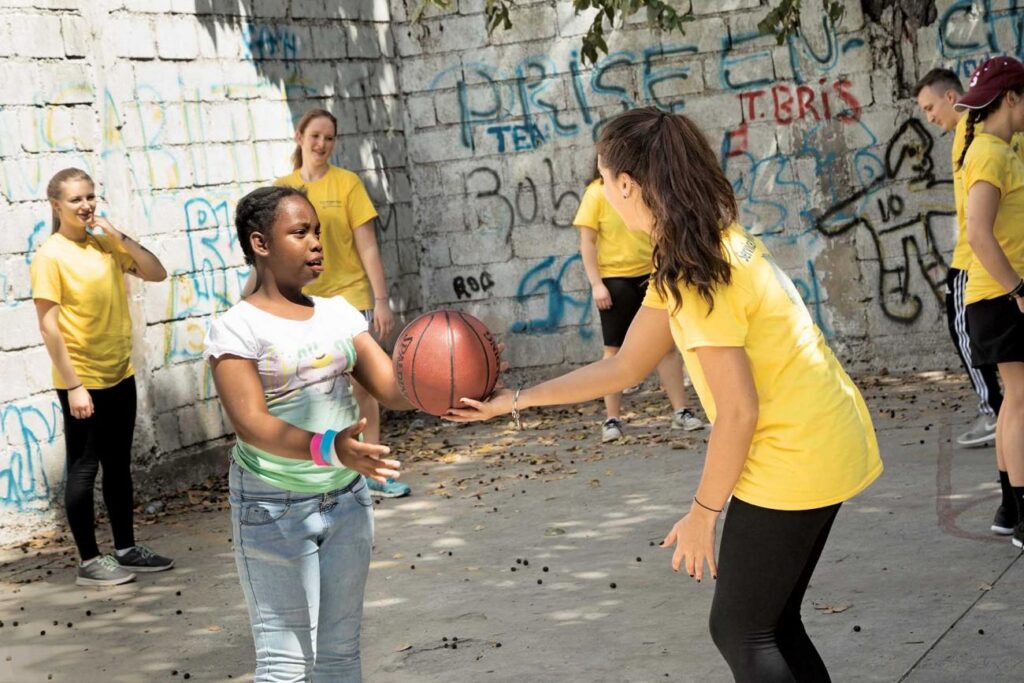
“They are raising these kids to be fine, educated, and inspiring adults,” Rivera said. “I could never do for them what they have done for me. I was sent there to paint and play, something very simple. But they fed my soul with peace, happiness, and love.”
The trip also provided a bonding experience for the Springfield participants. Rivera grew much tighter with her fellow students, and also found herself quite impressed with Mary-Beth Cooper…. if you have the opportunity to do a service trip, dive in feet first with no restraints—because it is life changing!
“President Cooper is just like any other individual at Springfield College wanting to make an impact wherever and whenever possible,” Rivera said. “There was absolutely nothing unusual about having her around. We were all on the same playing field for the week. We all suffered the heat together, enjoyed the activities together, and embraced every new experience together.
“It was especially nice having an opportunity to get to know her outside her presidential position and more as a woman, mother, wife, and friend … I am grateful to say I actually know the president of my college and she knows us not just as students or aspiring professionals, but as young human beings trying to make sense of the world. She was a humble icon who watched us shine in our natural habitat of service to others.”
That habitat was one Cooper reveled in, as well. She said that it is students like Jezavya Rivera who make her job so enjoyable.
“She’s got an incredible heart,” Cooper said, “and she’s smart.” The kids in Haiti flocked to Rivera because “she presents this authenticity of care, which is really beautiful.”
As she approached graduation in May, Rivera had one piece of advice for students at Springfield College. “I would plead with anyone,” she says, “if you have the opportunity to do a service trip, dive in feet first with no restraints—because it is life changing!”
Lessons in Our Nation’s Capital
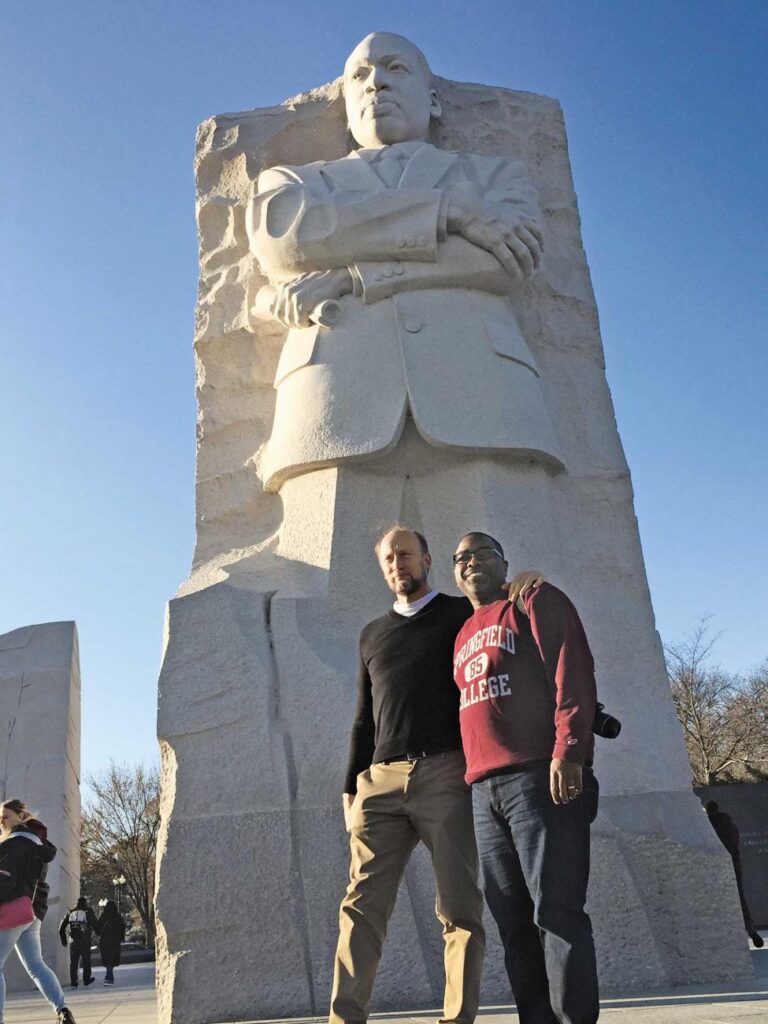
We explored the heart of darkness. We explored the brightest light.
Over two nights and three packed days, a cross-section of the Springfield College community descended on the nation’s capital over spring break. We were first-year students and graduate students, students from the School of Professional and Continuing Studies, alumni, faculty, staff, administrators, a member of the Board of Trustees, friends, and neighbors. Thirty-eight representatives of the mighty triangle entering the stars and stripes.
Each day featured a main event: the United States Holocaust Memorial Museum, the National Museum of African American History and Culture, the U.S. Capitol. Around the edges, we fit in brief side trips to the White House, the Martin Luther King Jr. Memorial, and the Lincoln Memorial, as well the National Portrait Gallery, and, of course, the Shake Shack at Union Station. It was a dizzying but gratifying journey.
The trip was designed to be hard. The bus left at 6 a.m. on Sunday, March 11—an hour of short sleep stolen by daylight savings. Calvin Hill, PhD, vice president for Inclusion and Community Engagement—which sponsored the trip—had just gotten back to his Worcester home late the previous evening from a conference in, of all places, Washington, D.C. He wanted to be part of the full experience, going back to a city that was formative in his own journey. At age 25, the native Texan, who had earned his bachelor’s and master’s in rural Kansas, came east for the first time to pursue a doctorate in political science at Howard University, a renowned historically black institution. “I just had a sense of belonging really for the first time in my adult life,” Hill said. “For me, that was really the beginning of coming into my identity.”
During the trip down, after a few jostling hours of sleep, we watched films to prepare us for the experience. One, Freedom Riders, recounted the violent experience of interracial groups riding buses to the south in 1961, 57 years before our peaceful sojourn. The other was a clip of three members of the Springfield College community who attended the March on Washington in August 1963.
That afternoon we traveled to the Holocaust Museum, knowing we were in for a sobering experience. Evelyn Markham, a student who is a mother of four and the lead toddler teacher at the Child Development Center, found the vast display of shoes of victims of the holocaust to be particularly affecting. “(It) really encompassed the tragedy of what happened,” she said. “These were people’s lives.”
In the waning light, we visited memorials to a resolute Martin Luther King Jr., and the majestic Abraham Lincoln, powerful reminders of the moral imperative to confront injustice.
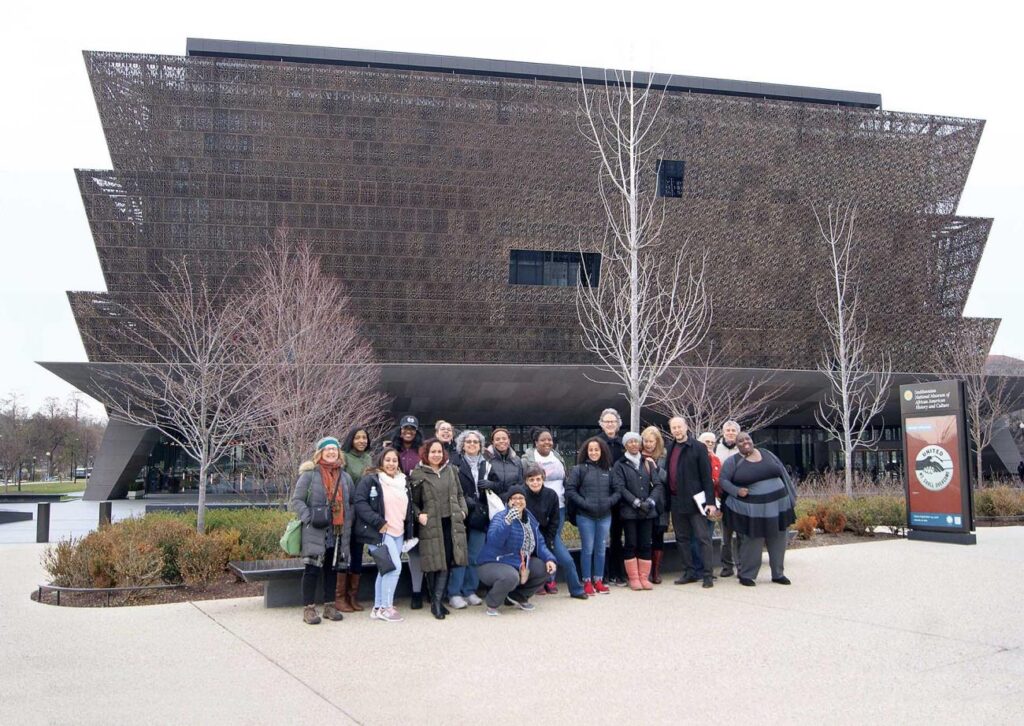
Monday took us to the newly minted National Museum of African American History and Culture. It was a heartbreaking and inspiring look at the African-American freedom struggle, a story threaded throughout all phases of our nation’s history. “I learned that people of color fought for freedom continuously for hundreds of years,” said Luz Serrano, a student at the Springfield Campus of the School of Professional and Continuing Studies. “First, it was slavery. Second, Jim Crow laws. Third, mass incarcerations….I wonder, will it ever end?”
Many found the display of the casket of Emmett Till—a 15-year-old boy savagely beaten to death in a crime of racial hatred in 1955—to be particularly powerful. “When you walk in the room, you feel like you’re going into a funeral all over again,” said graduate student Ashley Francis.
Later, we stopped outside the White House to check in with the powers that be. It was a deeper check-in on Tuesday morning as we bused over to the U.S. Capitol for a tour of the Congressional workplace. Thanks to a connection from our trusty trustee, Linda Moffat ’73, we gained rare access to the floor of the House of Representatives. Social work graduate student Thea Schlieben even managed to meet with her congressman, Peter Welch (D-Vermont).
After a brief stop at the National Portrait Gallery to see the recently christened paintings of former President Barack Obama and former First Lady Michelle Obama, we headed back to wintry New England. First-year student Justin Ramos summed up the whirlwind experience by saying, “I learned a lot about inequalities that persist in our society, but was also awestricken by what we saw.”
How we spent our spring break
The Springfield College Office of Inclusion and Community Engagement sponsored a mini spring break trip to Washington, D.C.
Physical Therapy Professors Dawn Roberts, Kim Nowakowski ’90, G’91, Julia Chevan, and occupational therapy Professor Kathy Post led Global Health Service Trips with graduate physical therapy, occupational therapy, and physician assistant students to Haiti, Trinidad and Tobago, and Germany.
Led by Professor of English Rebecca Lartigue, 13 students traveled to London, Canterbury, and Stratford-upon-Avon, England, to see sights from medieval and Renaissance England, including the Tower of London, the reconstructed Globe Theatre, and Westminster Abbey.
The Office of YMCA Relations and the YMCA International Studies Program sponsored a trip to London, England, and Paris, France.
The Center for Service and Leadership programs featured four service trips:
In Port au Prince, Haiti, a delegation led by President Mary-Beth Cooper visited the Have Faith Haiti Mission and YMCA Haiti.
In Springfield, Mass., students provided service in our own community, partnering with various agencies to understand challenges and learn about service opportunities.
In Georgetown, Del., students worked with Habitat for Humanity to build affordable housing for low-income families.
In Houston, Texas, students challenged their perspectives and worked to humanize and learn from those affected by natural disasters, working with our School of Professional and Continuing Studies and local organizations.

